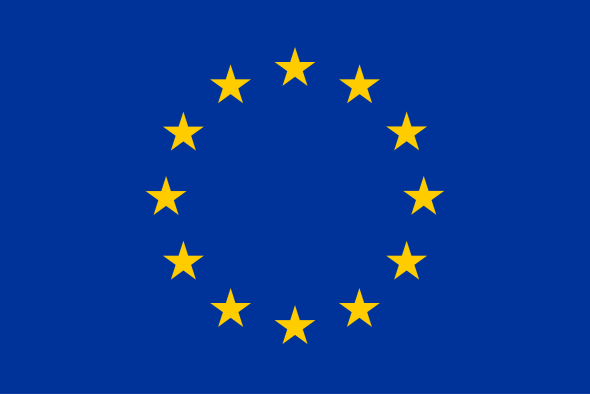
ENSAR2: a European project for Nuclear Physics
ENSAR2 is the integrating activity for European nuclear scientists who are performing research in three of the major subfields defined by NuPECC: Nuclear Structure and Dynamics, Nuclear Astrophysics and Nuclear Physics Tools and Applications.
It proposes an optimised ensemble of Networking (NAs), Joint Research (JRAs) and Transnational Access Activities (TAs), which will ensure qualitative and quantitative improvement of the access provided by the current ten infrastructures (GANIL-SPIRAL2 (F), joint LNL-LNS (I), CERN-ISOLDE (CH), JYFL (FI), ALTO (F), GSI (D), KVI-CART (NL), NLC (PL), IFIN-HH/ELI-NP (RO) and the theoretical physics facility: ECT* (I)), which are at the core of this project.
Our community of nuclear scientists makes great effort to pursue excellent scientific programmes at these infrastructures and to apply state-of-the-art developments to other fields and to benefit humanity (e.g., archaeology, medical imaging). These activities ensure a high-level socio-economic impact.
 ENSAR2 has received funding from the
ENSAR2 has received funding from theEuropean Union’s Horizon 2020 research
and innovation programme under grant
agreement No 654002.
NUSPRASEN is the physics network in ENSAR-2, which organizes and supports workshops on
- Nuclear structure
- Nuclear reactions
- Nuclear astrophysics
- Superheavy element research
These workshops will
- raise synergies of the ENSAR-2 work packages and the ENSAR-2 transnational access facilities
- coordinate the related activities and disseminate its results